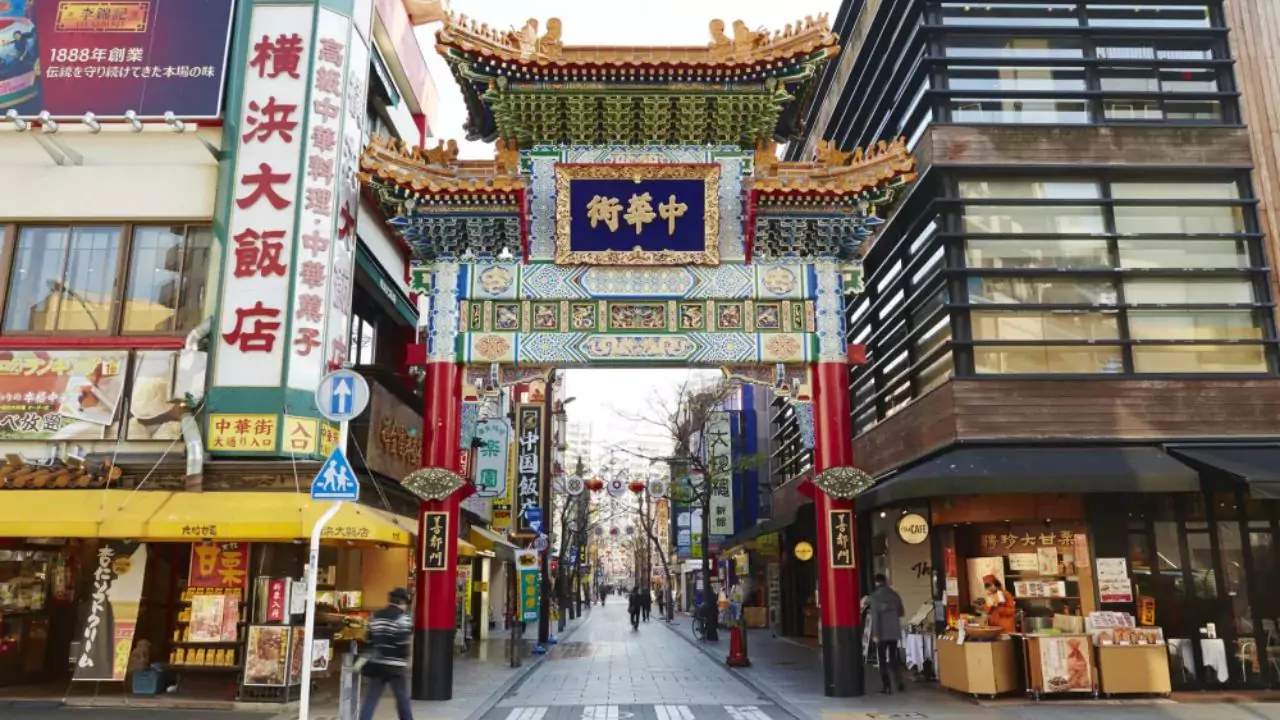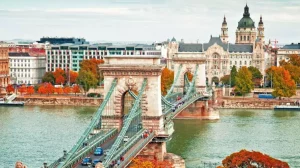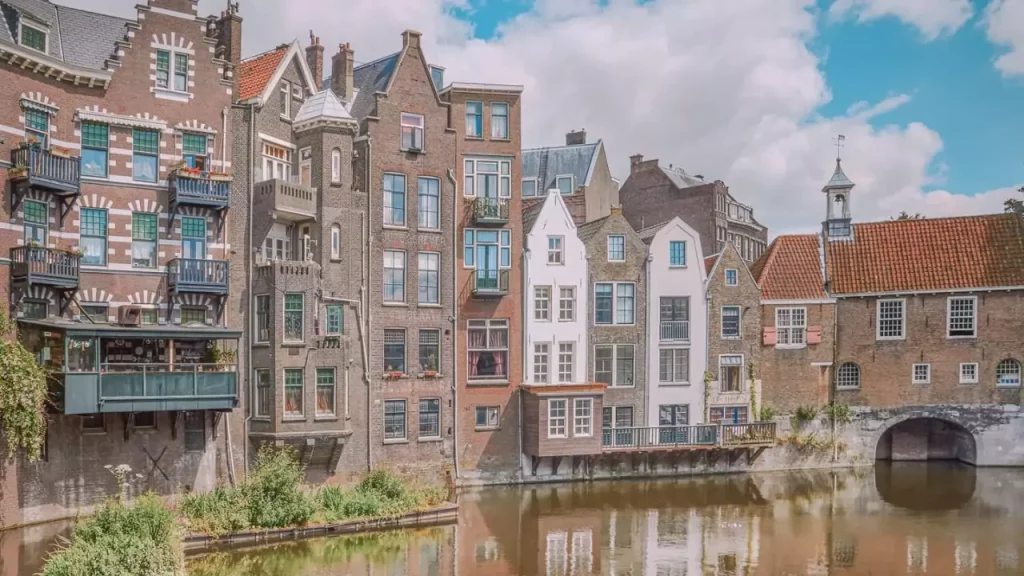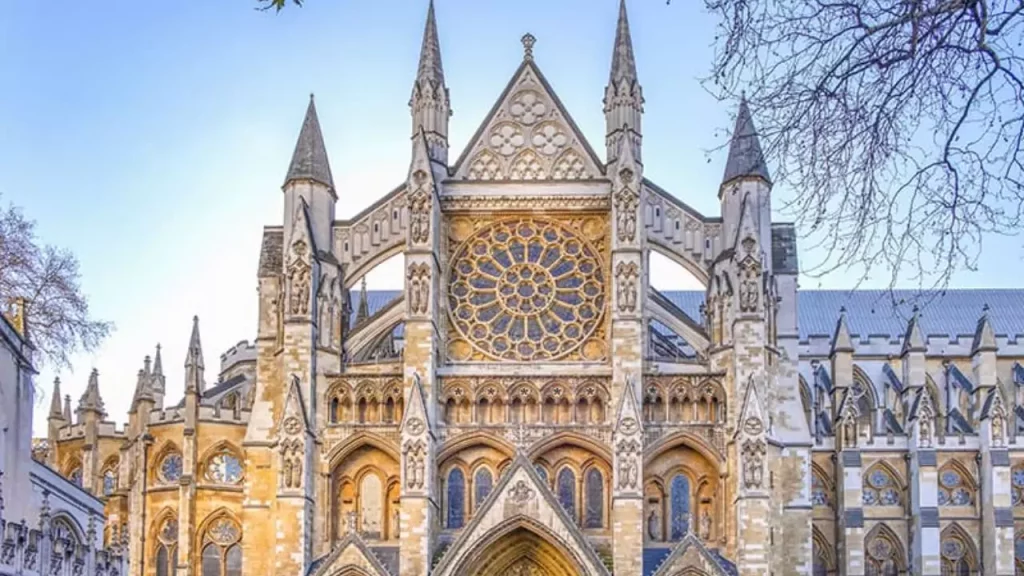My Yokohama Japan Travel Guide blog features activities, hotel and hostel recommendations, sample itineraries, and other helpful advice gleaned from my personal, first-hand Yokohama trip.
Kanagawa, the prefecture’s capital, is located less than an hour from Tokyo. Since it is regarded as Japan’s second-biggest city after Tokyo, it can get extremely crowded. As the entry point for international maritime trade into Japan, Yokohama is a port city with a fascinating past.
Table of Contents
When is the best time to visit Yokohama?

The best time to visit Yokohama will depend on what kind of trip you want to take. Spring March to May is a great time to see brilliant blossoms and nice weather, but be aware of possible rain and peak tourist season crowds. Do you miss summertime and exciting festivals? Summer June August is great, but be prepared for increased costs, heat, and humidity.
September November captivates with its vibrant foliage and pleasant temperatures, making it the perfect time for sightseeing. Winter from December to February brings pleasant holiday lights and inexpensive travel; however, be prepared for lower temperatures and occasional closures. The best season to travel depends on your budget and preferences for outdoor activities or inexpensive travel. Festivals and events can also help you plan your timing.
Where to Stay in Yokohama

the perfect stay in colorful Sakuragicho, historic Kannai, or vibrant Minato, whMirai one from luxury waterfront accommodations to low-cost hotels.
Top Hotels in Yokohama
1. Royal Park
Exceptional luxury invites from the Royal Park Hotel. Awaiting you are sumptuous suites and rooms that exude style and comfort. Savor delicious food from six different restaurants, take a cool plunge in the indoor pool, or unwind in the peaceful tea room. This luxurious retreat, located atop the famous Landmark Tower, offers stunning views of the city and first-rate service, making it the ideal starting point for your adventures.
2. Hilton Yokohama
The Hilton, a modern sanctuary rising amid the city’s pulse, is centered around a pulsating heart. Enter a stylish glass palace filled with warm smiles and natural light. Cozy, draped rooms reveal captivating views of the bay, with every window serving as a doorway to the vibrant history of Yokohama. Satisfy your wanderlust with a variety of culinary adventures, such as Cantonese feasts and sizzling teppanyaki.
3. Bay Sheraton Hotel
The peaceful haven from the bustle of the city is provided by the Yokohama Bay Sheraton Hotel & Towers. With unparalleled access to Here Station and other public transportation options, our hotel enjoys a central location. With views of Japan Bay and the Sheraton Signature Sleep Experience, our sophisticated hotel rooms and suites, including those in the four-story Sheraton Club, are sure to impress. Select the Bay Sheraton Hotel & Towers to ensure an unforgettable trip to Japan.
4. InterContinental Yokohama
The InterContinental Pier 8 offers unobstructed harbor views from its nautically themed rooms and suites, bringing in a new era of luxury. This urban oasis in the heart of is reminiscent of the sea, with calm Japanese gardens blending seamlessly with bustling eateries and bars. Enjoy carefully designed menus that highlight the best seasonal produce from around the world and feel the warmth of Japanese hospitality while you watch cruise ships arrive at port in style.
5. The Westin Yokohama
The Westin Yokohama stands amid it all, beckoning with a promise of wellness and urban chic. skyline greets you with a flourish. Imagine entering a state of pure comfort where floor-to-ceiling windows provide stunning views of the harbor and city.
How to get to Yokohama

Flight
Fastest: Flying is the fastest way to get to Yokohama. The closest options are Tokyo’s Haneda Airport HND and Narita International Airport NRT, which have regular connections from several international airports. You can go to Yokohama by train or taxi from either airport.
Most convenient: The most direct route to the city is via domestic flights to Hokotama Airport if you’re traveling from within Japan.
Train
Scenic: Travel more slowly by taking the Shinkansen bullet train, which departs from several Japanese cities. Shin Yokohama Station, the destination of the Tokaido Shinkansen line, is roughly fifteen minutes away by local train from central Yokohama.
Budget-friendly: In addition, Japan Railways connects Yokohama with other cities through slower but less expensive regional trains.
Bus
Several express bus services connect Yokohama with major cities across Japan, often at more budget-friendly prices than trains.
Public transportation within Yokohama
Through its excellent public transportation, traversing streets is a breeze Take the elegant Blue and Green lines of the Municipal Subway and cruise through lively areas such as Minato Mirai and picturesque Kannai, just like a local would. Use the JR network to travel throughout the city; lines like Tokaido and Keihin-Tohoku will transport you throughout Yokohama and beyond. Numerous types of buses are available Yokohama City buses travel throughout the city,
While the marina is filled with nostalgia due to the quirky Akai Kutsu buses,. I need the sea air badly Take the Seaside Line, an elevated light rail experience, and soar above the harbor. Moreover, get a Minato Burari ticket for unlimited travel on buses, subways, and even the Akai Kutsu to easily navigate Minato Mirai. Take advantage of the useful apps, pull out your Suica or Pasmo card, and let Yokohama’s transportation symphony take you to every part of this energetic city.
Getting Around Yokohama Using Your Pasmo Card

In comparison to Tokyo is a little relaxed, making navigation easier. The Blue Line and the Green Line are two main train lines. They’ll be your closest companions while exploring.
You should get a Pasmo card because you will be traveling throughout Japan by train for the majority of the time. It functions similarly to a Beep Card, which you can replenish if its balance runs out, at least in the Philippines. It is more practical than purchasing a ticket at each station you visit. In addition, you can pay at convenience stores and vending machines with your Pasmo card.
Things to do in Yokohama

1. Osanbashi Pier
Cruise vessels visiting Japan and other countries dock at the Sanbashi Pier passenger ship terminal in Yokohama. Its rooftop is well-known as a picturesque location offering a broad perspective of the Yamashita Park and the Yokohama Port region, which includes the Yokohama Red Brick Warehouse.
Customs and other arrival control operations are housed on the first floor of the terminal, while parking is available on the ground floor. A large open area devoid of pillars houses a shop, a cafe, and a waiting area. There’s a natural grass rooftop to this open space, and it’s usually crowded with people-watching ships. There are also occasional outdoor events held here.
2. Kishamichi Promenade
Kishamichi Promenade, a 500-meter refuge for wanderers, was originally an iron horse trail built in 1911. Accept the embrace of Yokohama Bay, feeling its glistening face as you move. Along the route, towering structures made of glass and steel stand guard, whispering stories about the modern pulse of the city.
The sound of your shoes scuffing on wooden planks provides a soft contrast to the lively bustle of the city. Cyclists pirouettes on two wheels, joggers paint motion streaks, and laughter dances on the wind. Take a moment to pause, enjoy a coffee at a cafe by the water, and let the view overload your senses.
3. Yokohama Chinatown
After the Port of Yokohama opened in 1859, a large number of Chinese traders moved to this city and established Chinatown. However, the early Chinese settlers left because of the Sino-Japanese War during the Meiji period, and the area eventually developed into a culinary town with Cantonese-owned restaurants. There are currently up to 250 Chinese eateries in this area, which is well-known throughout the country as the only culinary destination. Twelve of these eateries have been in business for more than 50 years; Heichinrou is the oldest.
4. CupNoodles Museum
The modest instant noodle cup, a worldwide sensation that has completely changed the way we eat, is celebrated at the CupNoodles Museum in Yokohama. Numerous interactive exhibits that delve into the science, art, and history of instant noodles can be found at the museum.
Exhibits at the museum also cover the origins of instant noodles, the science underlying their creation, and the inventive ways that they have been used in art and culture. Along with a wide selection of meals and drinks, visitors can indulge in instant noodles, of course.
5. Sankeien Garden
Sankeien is a stunning Japanese garden that features old buildings that have been moved from Kyoto and Kamakura. In 1906, local businessman Sankei Hara allowed the public to enjoy this park. Beautiful flowers, such as lotus, irises, cherry, and plum blossoms, can be seen throughout the garden as you stroll around.
Ten historic sites that have been named Japan’s Tangible Important Cultural Properties are on display, such as the Former Yanohara House, a traditional thatched Japanese home constructed in the late Edo period, the Three-Story Pagoda of Old Tomyoji, and Juto Oido of Old Tenzuiji. At a teahouse inside Sankeien Garden, you can also unwind and eat some local fare, such as rice dumplings.
The symphonic music of Tokyo is very loud! Savor the city skylights from the Landmark Tower, lose yourself in Chinatown’s aromatic embrace, or slurp noodle masterpieces at the CupNoodles Museum. While history whispers through Red Brick Warehouses and art explodes at the Triennale, thrill-seekers rejoice at Hakkeijima Sea Paradise. Discover tranquil spots in Kannai, rejuvenate at Yamashita Park, or just lose yourself in a book at the public library. A blank canvas full of adventures, Yokohama is ready for your artistic interpretation.








